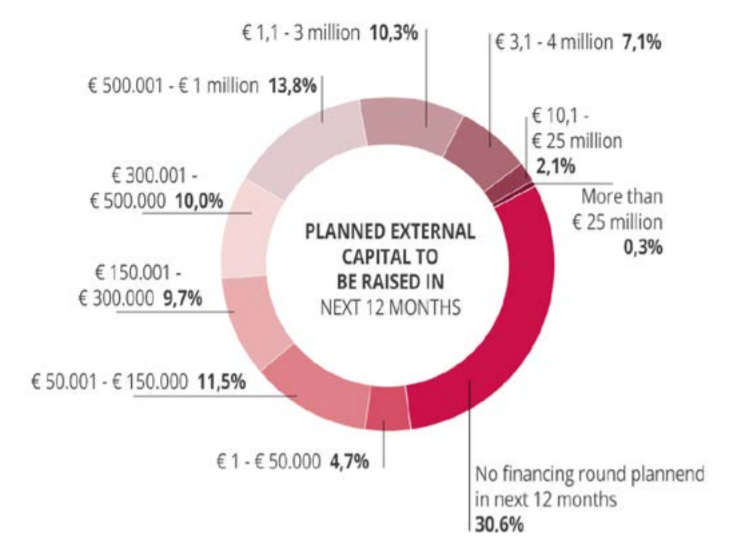
CREATIVE AUSTRIA
The “Land of Founders” strategy has the ambitious goal to turn Austria into the most attractive location for start-ups in Europe.
Stakeholders from the entrepreneurs and venture capital communities have contributed to formulating this strategy and it puts forward fourty actions revolving around regulatory conditions, access to finance, networking, and fostering and promote an entrepreunerial mentality in society.
The startup scene in Austria has been experiencing a vigorous boom over years now, primarily thanks to strong funding and investment landscape.
The Austrian Startup Monitor (ASM) concluded that 1.534 startups have been incorporated between the years 2004 and 2017; furthermore the sector also displayed a lively development in the first half of 2018.
Public funding and support is the most important source of financing for 55% of all domestic startups in Austria and the fact that financing is the key to success in promoting a startup ha salso led a government to provide direct assistance with specific programs and startup funds, through to Austrian Research Promotion Agency (FFG) and Austria Wirtschaftsservice Gmbh (AWS).
Planned Funding Amounts

Source : Austrianstartupreport.at
This chart shows the ambitions and need of Austrian founders to raise capital in 2019. While 30,6% do not seek external capital, the vast majority does. Given the fact that a startup that is on a successful growth track raises capital every 12 to 18 months in the early stages.
The overall goal is to turn Austria into an emplacement to the emerging markets of Asia and of the Central and Eastern Europe region, while at the same time making Austria the door to Europe for emerging Asian startups.
Sources : investinaustria.at – rio.jrc.ec.europa.eu – forbes.com – eacea.ec.europa.eu
DISCLAIMER
This publication must not be regarded as offering a complete explanation of the investment tax, legal, and other type of matters that are contained within this publication.
Authors are not responsible for the results of any actions which are undertaken on the basis of the information which are contained within this publication, not for any error in, or omission from, this publication.
The authors expressly disclaim all and any liability and responsability to any person, entity or corporation who acts or fails to act as a consequence of any reliance upon the whole or any part of the contents of this publication.
Accordingly no person, entity or corporation should act or rely upon any matter or information as contained or implied within this publication without first obtaining advice from an appropriately qualified professional person or firm of advisors, and ensuring that such advice specifically relates to their particular circumstances.



